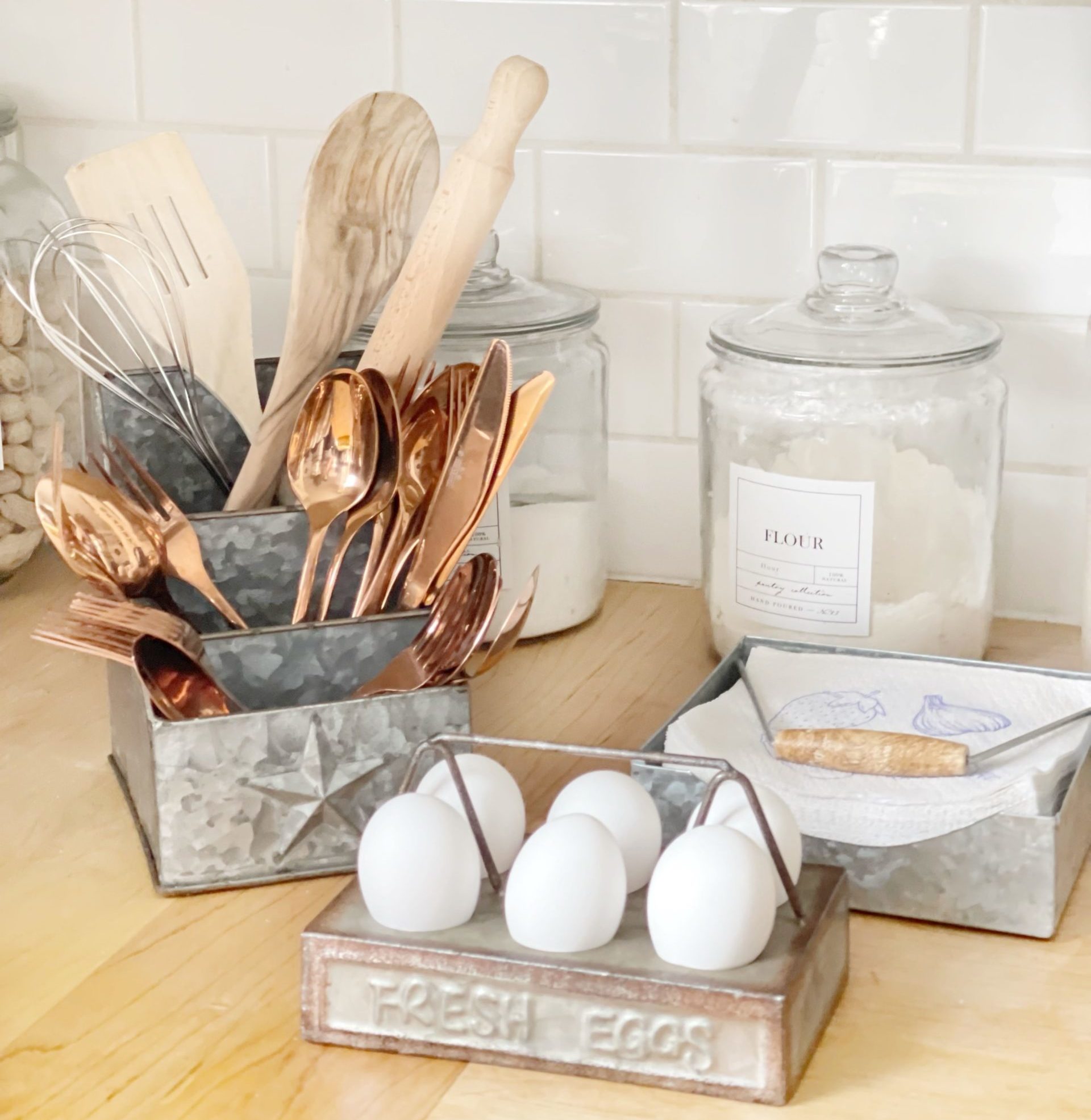Top Bathroom Essentials for Your Next Home Project
Image by Curtis Adams from Pexels
Please enjoy this guest post written by: Chase Webb
Whether you’re starting from scratch or upgrading your existing space, designing the perfect bathroom can be both exciting and overwhelming.
From the flooring beneath your feet to the fixtures you use daily, every detail plays a part in turning a functional bathroom into a cozy, efficient haven.
Below, we explore the top bathroom essentials for your next home project and provide helpful tips to create a beautiful yet practical space.
1 – Efficient Bathroom System
Your bathing system is key to your bathroom’s functionality and efficiency.
If you’re undertaking a remodel or adding a bathroom where conventional plumbing isn’t feasible, an efficient full bath macerating system offers a smart solution.
This advanced setup can handle waste from all full bathroom fixtures—including the toilet, sink, shower, and bathtub—ensuring seamless water discharge.
It uses high-powered grinding technology to process waste, pumping it upward or across distances to connect with your home’s main plumbing.
This eliminates the need for extensive excavation or costly renovations, making it easier to install a fully functional bathroom in spaces that were previously unsuitable.
2 – Storage Solutions That Make Life Easier
A bathroom heavily relies on its storage. Cramped counters and cluttered corners can ruin even the most beautifully designed space. Invest in practical yet stylish solutions:
- Wall-Mounted Vanities: Give the illusion of space while offering hidden storage for toiletries and cleaning supplies.
- Niche Shelves: Perfect for saving space in the shower, these recessed shelves keep bottles off ledges.
- Ladder Racks: These versatile pieces are great for keeping striking custom beach towels organized, adding a modern touch to your design.
Use baskets or containers to keep cabinets tidy. Group similar items together—like skincare products, hair tools, or medications—for easy access.
3 – Ventilation and Lighting
How much does it cost to add a bathroom to your home? According to Angi, bathroom remodels typically cost between $6,000 and $18,000, with a national average of $12,000. If a full remodel isn’t in the budget, upgrading ventilation and lighting is a cost-effective way to transform your space.
Ventilation is crucial for preventing mold, mildew, and fixture damage. A strong exhaust fan with a timer can regulate moisture levels and improve air quality—an investment that saves on future repairs.
Lighting is equally important as it helps combat mold, which thrives in dark, damp environments. Bathrooms are especially prone to mold growth without adequate brightness and ventilation.
To keep your space both functional and hygienic, avoid relying solely on an overhead fixture; instead, layer lighting for a balanced and well-lit look:
- Ambient Lighting: General ceiling lights for brightness.
- Task Lighting: Focused lights for vanities and mirrors.
- Accent Lighting: Spotlights or decorative lights for added dimension.
Choose energy-efficient LED lights to lower energy costs and ensure longevity. Together, proper ventilation and layered lighting can elevate your bathroom’s atmosphere without breaking the bank.
4 – Choose Durable and Stylish Flooring Options
Image by wirestock from Freepik
Bathroom flooring must handle moisture, heat, and heavy use while complementing your design. Porcelain tiles lead the pack due to their exceptional water resistance—certified as porcelain only if they absorb 0.5% or less water, making them ideal for wet areas like showers. Other flooring materials also offer unique benefits to suit different needs.
Here’s a comparison of the top bathroom flooring options:
| Flooring Option | Pro | Con |
| Porcelain Tile | Extremely water-resistant and durable | Can feel cold underfoot without heating elements |
| Ceramic Tile | Affordable and easy to clean | Less water-resistant, making it unsuitable for very wet areas |
| Vinyl Flooring | Budget-friendly and completely waterproof | Can look less premium compared to tiles or natural stone |
| Natural Stone (e.g., marble, slate) | Luxurious and eco-friendly | Requires regular sealing, hard to maintain |
Choose flooring based on your priorities—porcelain is ideal for wet environments, vinyl is budget-friendly, and natural stone offers timeless elegance with more upkeep. Balancing functionality and aesthetics will ensure your bathroom stands the test of time.
| Fun Fact: Ever wonder what that white powdery substance you see on your tiles or grout is? That’s efflorescence—a harmless buildup of salts caused by water seeping through tiles and evaporating. Proper sealing and water-resistant materials, like porcelain tiles, can help prevent it. |
5 – Personal Touches Make All the Difference
Creating your dream bathroom doesn’t stop at functional fixtures and stylish layouts—adding personal details is what transforms it into a space that truly feels like yours. Thoughtful accents, natural elements, and high-quality linens create a blend of comfort, beauty, and individuality.
Even minor updates can make a big difference. Swap out old hardware for sleek, modern options in brushed nickel or matte black. A bold shower curtain, fresh set of hand towels, or decorative soap dishes are cost-effective upgrades that refresh your space instantly.
Art and Decor
The right decorative pieces can give your bathroom character without overcrowding counters. Think framed prints, small sculptures, or chic soap dispensers that reflect your style.
Avoid overloading the space; a single, well-chosen art piece can create visual interest and tie the room together.
Plants for a Natural Touch
Adding plants is an easy way to bring life to your bathroom while improving air quality.
Low-maintenance varieties like pothos, spider plants, or ferns thrive in moist, low-light conditions and add a fresh, natural vibe.
Place them on shelves, by windowsills, or even hang them for a pop of green that feels both calming and invigorating.
Upgrade Your Linens
A few things elevate a bathroom, like soft, high-quality linens. Plush towels, cozy bathrobes, and textured floor mats add a luxurious, spa-like atmosphere. Choose neutral tones for timeless elegance, or experiment with bold colors and patterns for a fun, modern statement.
Adding these personal touches enhances not only the look of your bathroom but also its comfort and warmth, creating a space you’ll love to use every day.
Your Dream Bathroom Awaits
Creating a stunning bathroom doesn’t have to feel daunting. Plan your layout carefully, invest in quality storage and fixtures, and prioritize ventilation and lighting for a space that’s both functional and beautiful.
From efficient full bath systems to personalized decor, the right essentials can turn any bathroom into a serene and practical retreat. All it takes is a little inspiration and planning to transform this everyday space into something extraordinary.

